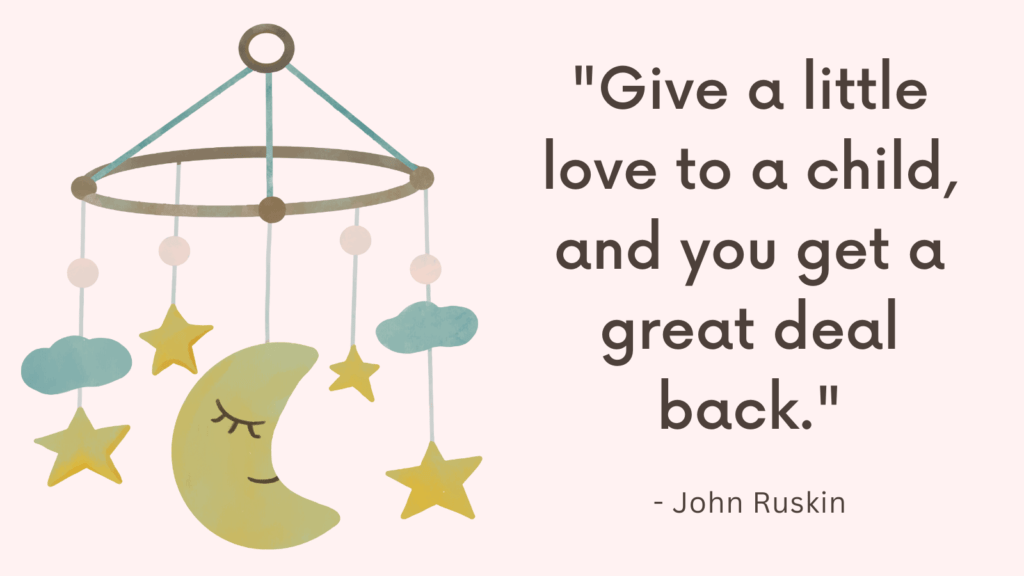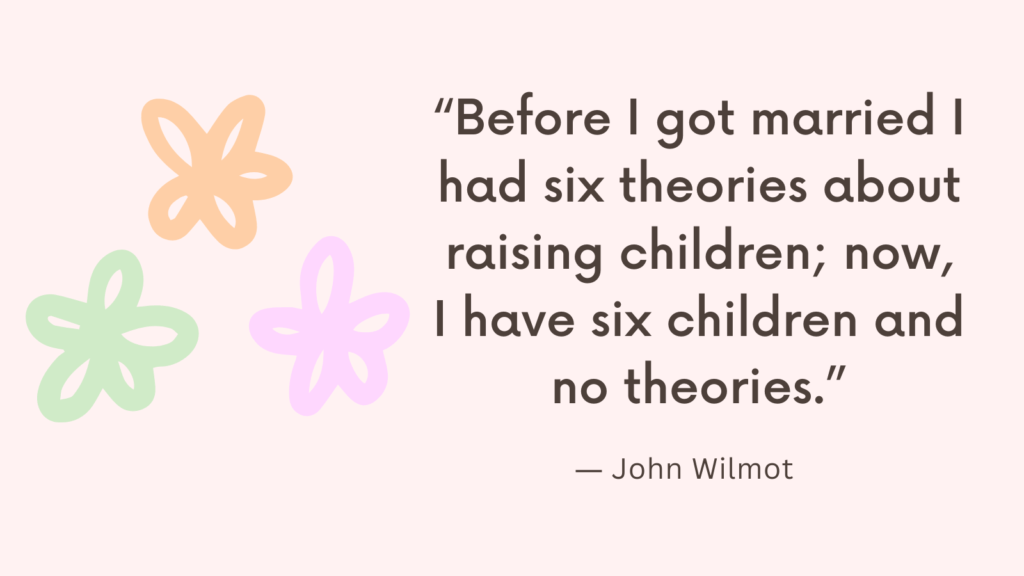In this post, you’re going to learn how to dress toddler for sleep.
Understanding Toddler Sleep Needs
Understanding toddler sleep needs is essential for promoting healthy development and overall well-being. Here are some key points to consider:
1. Sleep Duration
Toddlers typically need between 11-14 hours of sleep per day, including nighttime sleep and daytime naps. (source)
However, individual variations are common, so it’s important to observe your child and adjust their sleep schedule accordingly.
2. Sleep Patterns
Toddlers generally experience consolidated nighttime sleep with shorter periods of rapid eye movement (REM) sleep compared to adults.
They may also have more frequent awakenings during the night, which is normal.
Understanding these patterns can help you manage your expectations and respond appropriately when your toddler wakes up.
Related: Top 7 Alternatives To Swaddling to Soothe Your Baby
3. Establishing a Bedtime Routine
A consistent bedtime routine is crucial in signaling to your toddler that it’s time to wind down and prepare for sleep.
Create a relaxing routine that includes activities such as reading a book, cuddling, or gentle play.
Consistency and predictability help establish positive sleep associations.
4. Sleep Environment
Design a sleep environment that is conducive to good sleep hygiene.
Ensure the room is dark, quiet, and at a comfortable temperature.
Consider using white noise machines or blackout curtains if necessary.
Additionally, encourage the use of a comfort object or transitional item, like a blanket or stuffed toy, to provide a sense of security.
Related: Newborn Doesn’t Like Swaddle? Here’s What to Do Instead
5. Napping
Most toddlers still benefit from a daily nap.
Establish a consistent nap schedule and aim to find the right balance between the length of the nap and its timing.
Avoid late afternoon or early evening naps, as they may interfere with bedtime.
6. Night Wakings
Nighttime awakenings are common for toddlers.
When your child wakes up, provide reassurance and support without stimulating them too much.
Encourage self-soothing skills by allowing them to fall back asleep independently.
If your child relies on certain sleep associations, gradually weaning them off those associations can promote better independent sleep.
7. Addressing Sleep Challenges
If your toddler consistently struggles with sleep difficulties, such as difficulty falling asleep, frequent night awakenings, or excessive daytime sleepiness, it may be helpful to consult with a pediatrician or a sleep specialist.
They can provide further guidance and support tailored to your child’s specific needs.
Related: 10 Best Books For New Moms
How to Dress Toddler For Sleep?
When dressing a toddler for sleep, it is important to consider their comfort, safety, and the temperature of their sleep environment.
Here are some guidelines to follow:
1. Choose comfortable and breathable fabrics
Opt for soft, lightweight cotton pajamas or sleepwear that allows air to circulate and helps regulate body temperature.
2. Consider the room temperature
Ensure the sleep environment is kept at a comfortable temperature, usually between 68-72 degrees Fahrenheit (20-22 degrees Celsius). (source)
Adjust your toddler’s clothing accordingly to ensure they are neither too hot nor too cold.
3. Layer clothing if necessary
If the room temperature fluctuates, consider adding or removing layers to keep your toddler comfortable throughout the night.
A light sleeper blanket or sleep sack can be used as an additional layer if needed.
Related: Best 10 Books For Working Moms
4. Avoid clothing with loose strings or accessories
To ensure your toddler’s safety, avoid sleepwear with any loose strings, buttons, or decorative accessories that might pose a choking hazard.
5. Prioritize safety and mobility
Choose sleepwear that allows ease of movement and does not restrict your toddler’s mobility.
This can help prevent any discomfort or frustration during the night.
6. Follow safe sleep practices
Ensure your toddler’s sleepwear fits properly and is flame-resistant if necessary.
Avoid using loose blankets, pillows, or stuffed animals in the crib to reduce the risk of suffocation or Sudden Infant Death Syndrome (SIDS).
7. Pay attention to personal preferences
Take into account your toddler’s preferences for clothing, such as long sleeves or short sleeves, and involve them in the decision-making process whenever possible.
This can help them feel more comfortable and involved in their bedtime routine.
Remember, each child is different, so these recommendations can be adjusted based on your toddler’s individual needs and preferences.
Related: When Do Babies Go From 2 Naps To 1
Establishing a Consistent Bedtime Routine
Establishing a consistent bedtime routine for your toddler is important for promoting good sleep habits. Here are some suggestions to help you create an effective routine:
1. Set a Regular Bedtime
Choose a suitable bedtime for your toddler and aim to stick to it consistently.
This helps regulate their internal clock and promotes a sense of predictability.
2. Wind-Down Time
Begin the bedtime routine about 30 minutes before the desired sleep time.
This allows your toddler to transition from active play to a more relaxed state.
Engage in calming activities such as reading a book, singing lullabies, or having a bath.
Related: How to Deal with Baby Chewing on Crib? Top 6 Tips
3. Dim the Lights
Lower the overall brightness in the environment as bedtime approaches.
Dimming the lights signals to your toddler that it is time to unwind and prepare for sleep.
Consider using a nightlight if they feel more comfortable with a small amount of light.
4. Create a Relaxing Atmosphere
Make the bedroom environment conducive to sleep.
Ensure the room temperature is comfortable and free from excessive noise or distractions.
Consider using white noise machines or soothing music to drown out any disruptive sounds.
5. Consistent Sequence of Activities
Establish a consistent sequence of activities that your toddler can anticipate.
For example, you might start with a warm bath, followed by changing into pajamas, brushing teeth, reading a story, and ending with a cuddle or soothing words.
Repetition provides a sense of security and comfort.
Related: How To Sleep Train For Naps?
6. Limit Stimulation
Avoid stimulating activities, especially those involving screens (e.g., TV, tablets) close to bedtime.
The blue light emitted by screens can disrupt sleep patterns.
Encourage quiet play or gentle activities instead.
Managing Common Toddler Sleep Challenges
Managing common toddler sleep challenges can be a source of stress for parents. Here are some scientifically-backed suggestions to address the most common sleep issues toddlers face:
1. Resistance to Bedtime
If your toddler resists bedtime, it’s important to establish a consistent routine and stick to it.
Ensure that you create a calm and soothing environment before bedtime, following the suggestions in the previous response.
Consistency and predictability will help your toddler understand that it’s time for sleep.
2. Night Wakings
If your toddler frequently wakes up during the night, it can be helpful to assess their sleep environment.
Make sure the room is dark, quiet, and at a comfortable temperature.
If your child wakes up and needs assistance, provide minimal interaction and reassurance so they learn to self-soothe and fall back asleep independently.
Related: Best 10 Sleep Training Books
3. Early Rising
If your toddler consistently wakes up too early in the morning, consider adjusting their bedtime slightly later in small increments.
Additionally, ensure that the bedroom environment remains dark to help signal to your child that it is still nighttime.
4. Nightmares or Night Terrors
These are common during the toddler years.
For nightmares, offer comfort and reassurance, such as checking under the bed or using a nightlight.
However, during night terrors, it is generally best to avoid waking your child fully and instead ensure their safety until the episode passes. Most children do not remember night terrors in the morning.
5. Transitioning from Crib to Bed
This transition can be challenging, but there are strategies to make it smoother.
Involve your child in the process by allowing them to choose new bedding or a special stuffed animal for their new bed.
Maintain a consistent bedtime routine throughout the transition to provide a sense of familiarity.
Related: Best 10 Books To Prepare Toddler For New Baby
Conclusion
Remember, each child is unique, and these strategies may require some trial and error to find what works best for your toddler.




